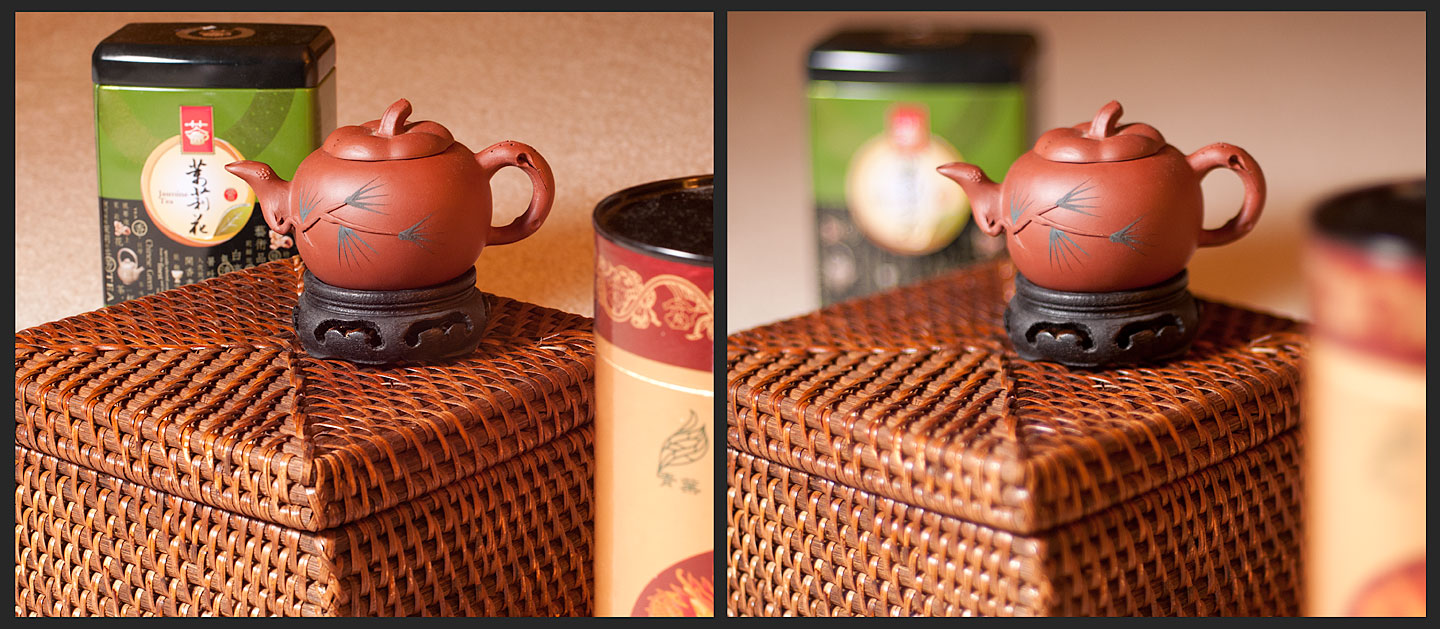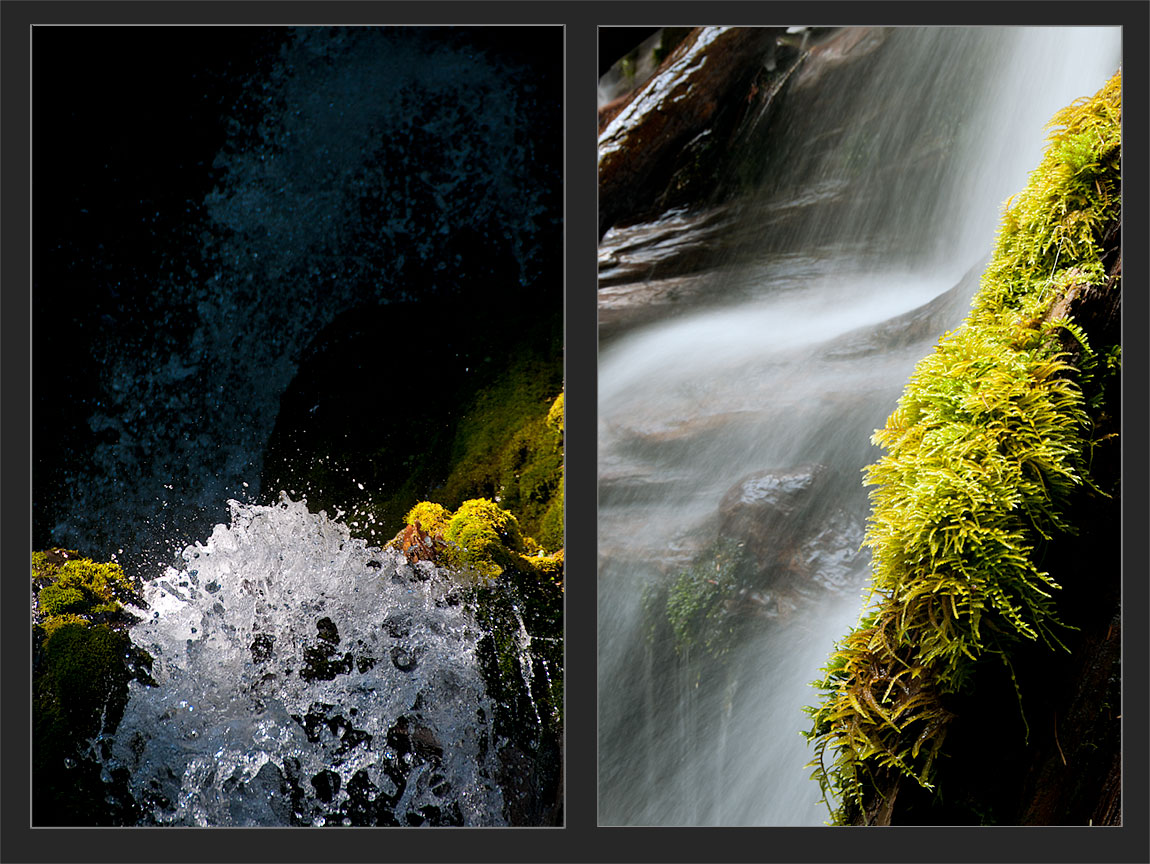When taking a photograph you must consider the framing or composition. Below are 5 basic elements of ideas around composing a photo. Watch the video to see examples of each of them.
#1. The rule of thirds (and breaking it while still finding balance within the frame)
#2. Focus on only a portion of your subject
#3. Mask your subject with something in the forefront
#4. Use lines & curves
#5. Seek out interesting angles
Another very important consideration is lighting. Controlling and manipulating light either indoors or outside is very important to being able to control your photograph. Watch this video that explains how light works with a subject in a photograph.
Use these basic concepts along with the photography triangle when you take photos.
Photography Log
With every assignment that you need to generate photography you need to create a photography log. In this log you must record the following:
- Name
- Date
- Camera Type
- Image # (Could be 1,2,3,4 or the # the camera gives it on the card)
- ISO
- F-Stop
- Shutter Speed
- Subject/Notes/Names
To get a sample PDF of the log you can click here on Photography Log.
Your Assignment:
Matthew Gore's video describes exposure controls on a camera used to control depth of field and the capture of motion. For example, we can have a small aperture opening and a long shutter speed for a correctly exposed photo. We can also have a large aperture opening and a short shutter speed for a correctly exposed photo. Two different setting pairs, both correctly exposed, but one will have a difference in depth of field one will have captured motion differently. Here's your task:
- Depth
of file photo pair - with your camera exposure control on aperture
priority mode (A), take two (2) photos that demonstrated minimum and
maximum depth of field. HINT: the higher the f-stop number, the
greater the depth of field. In aperture priority mode, you choose the
f-stop and the camera will select an appropriate shutter speed for
correct exposure. Look at the Tea Pot pictures in Matthews website.

- Motion Capture photo pair - with your camera exposure
control on shutter speed priority (S), take two (2) photos the
demonstrate motion blurred and motion frozen. HINT: the longer the shutter speed, the more blurry your moving subject will appear, the shorter the shutter speed, the more frozen it will appear. In shutter speed priority, you select
the shutter speed and the camera will select the required aperture to correctly expose your photo. Look at the the Waterfall pictures in Matthews website.

- Take your depth of field photos (minimum and maximum) and your motion photos (blurred and frozen) and post them to your blog portfolio for evaluation.
- Although your are only required to hand-in and publish
four(4) photos in total for this assignment, you are encouraged to take
10 or more photos for each pair and hand in your very best four. Your photos will be evaluated on:
- How well you demonstrate the concept (depth of field/motion)
- The technical quality of the finished photo
- The creative nature of your photo
- The aesthetic value of your photo (overall pleasing appearance)
Ccreate a blog post containing your photos. You can link to the web images right in Blogger.
Submit your photography log to explain your process in creating these images.
No comments:
Post a Comment